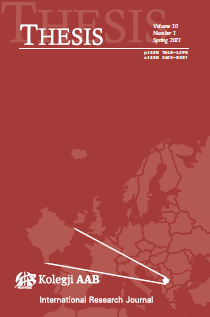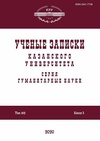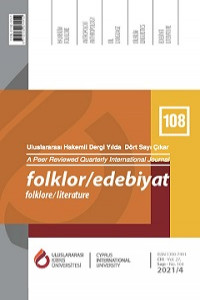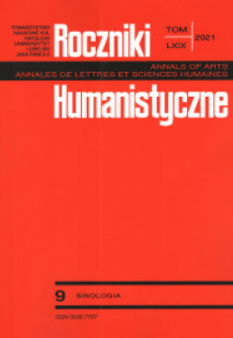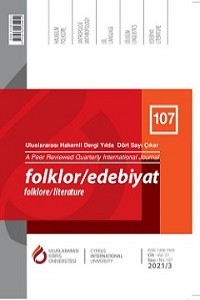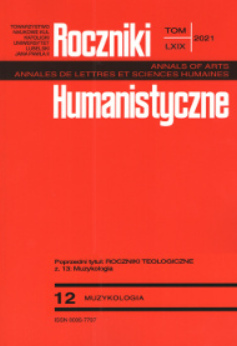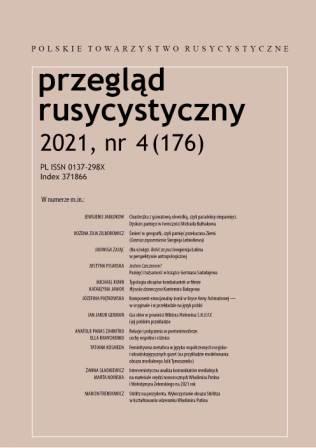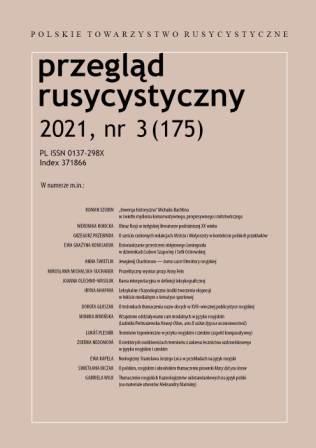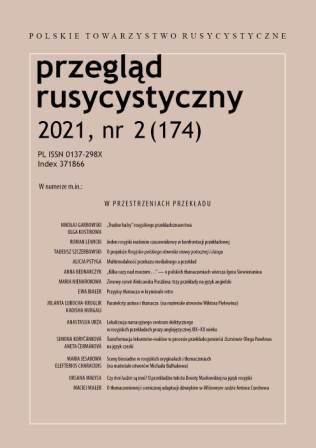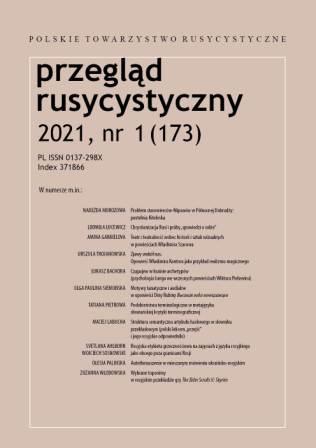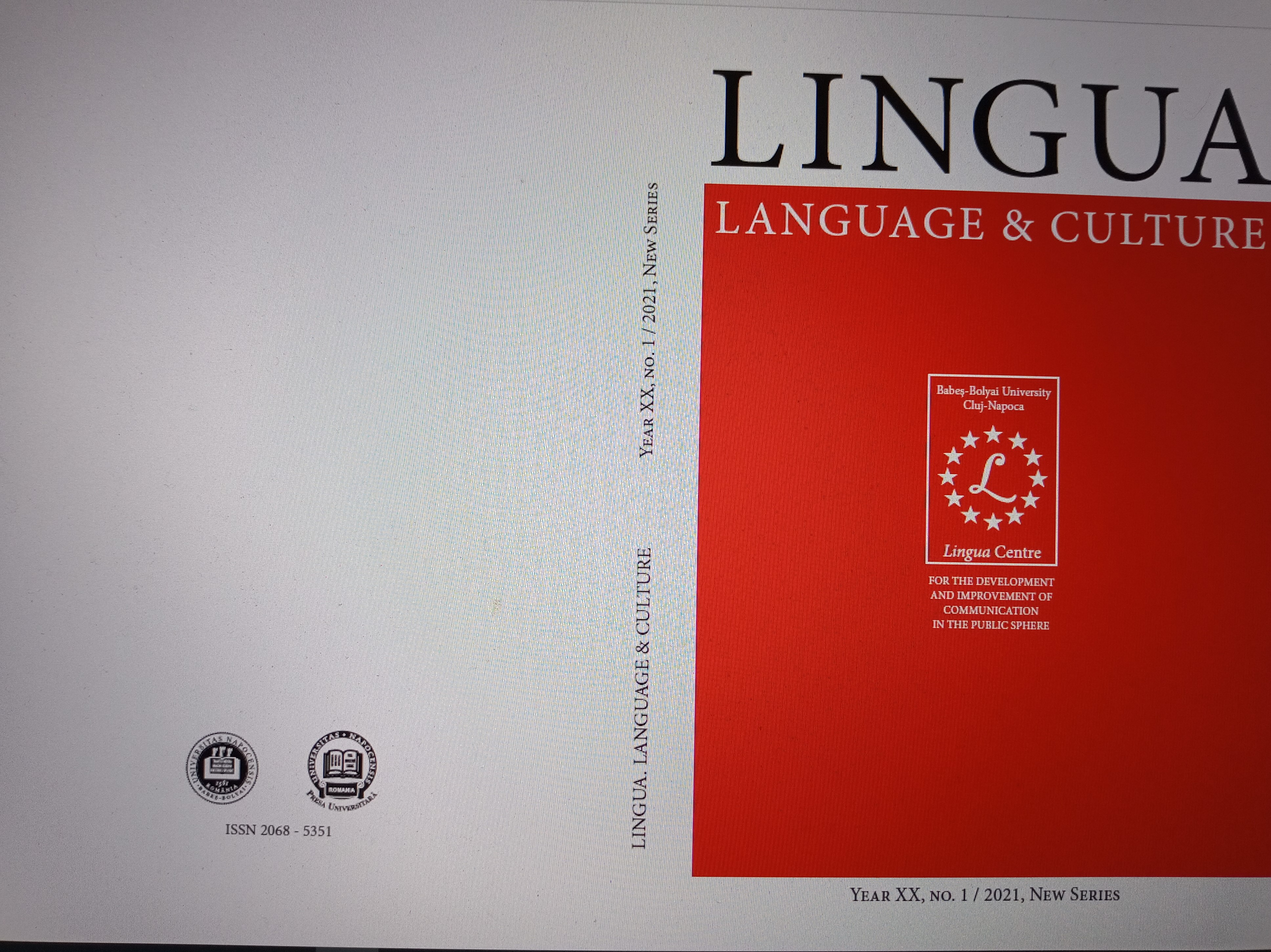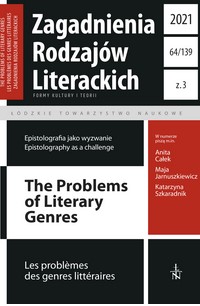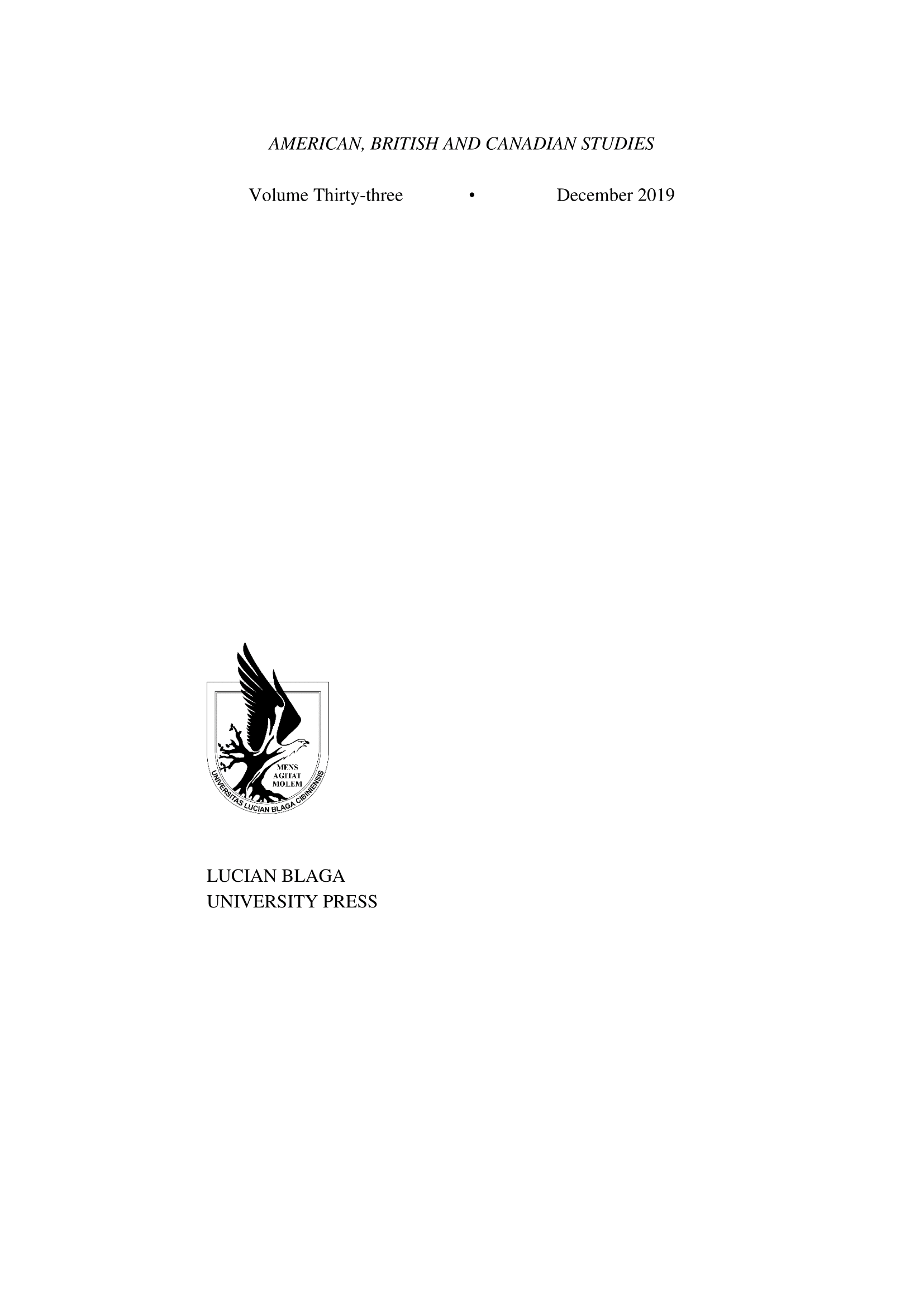
Kitchen and Other Tables to Think With: The Case of To the Lighthouse, The Cook, the Thief, His Wife and Her Lover and In the Mood for Love
This article studies comparatively references to tables in Virginia Woolf’s novel To the Lighthouse and two films, Peter Greenaway’s The Cook, the Thief, His Wife and Her Lover and Wong Kar-Wai’s In the Mood for Love. Greenaway announces from the title a concern with a cook, which the film duly elaborates by setting its action mostly in a restaurant and its kitchen; tables as the central part of the set visualise power configurations. In Wong’s film about failed love, the kitchen and/or tables as part of the décor reinforce mainstream notions of middle-class domesticity. Woolf challenges middle-class views of gender in two episodes from Part I – Mrs Ramsay’s dinner party and the dialogue between Lily Briscoe and Andrew Ramsay about the object of his father’s philosophy books – by defamiliarising respectively the dining- and kitchen tables. The latter scene, which repurposes the idea of the kitchen table as an analogon for philosophy’s construal of the nature of reality, opens up an epistemic avenue: thinking with the kitchen table. My general frame for analysis is Edmund Husserl’s concept of orientation, sustained by Bertrand Russell’s propositions about unobserved objects and unoccupied perspectives. However, I twist these conceptual tools intersectionally to unravel the social grounds of philosophical and artistic positions that obfuscate gendered contributions to knowledge, sustenance and general well-being.
More...
